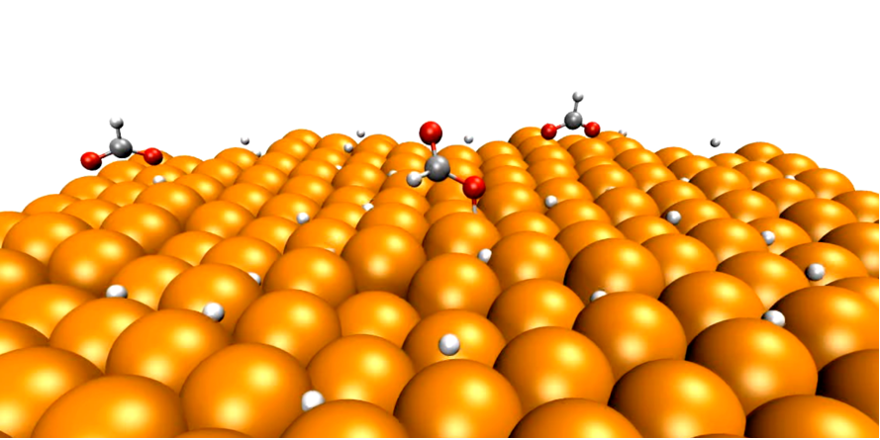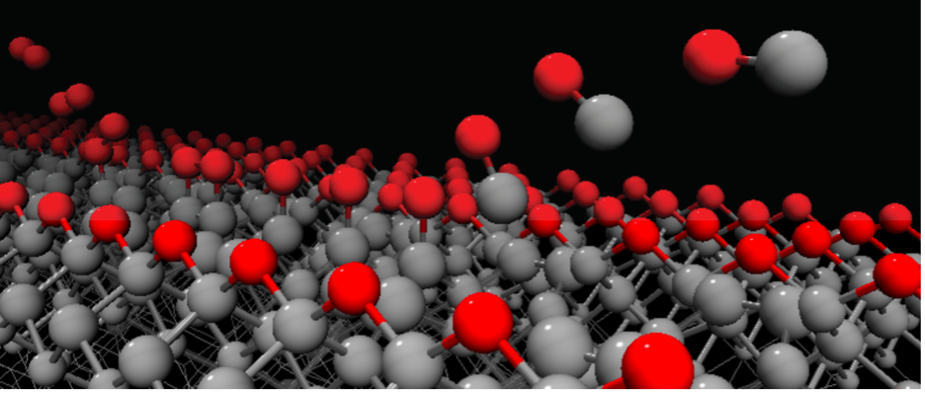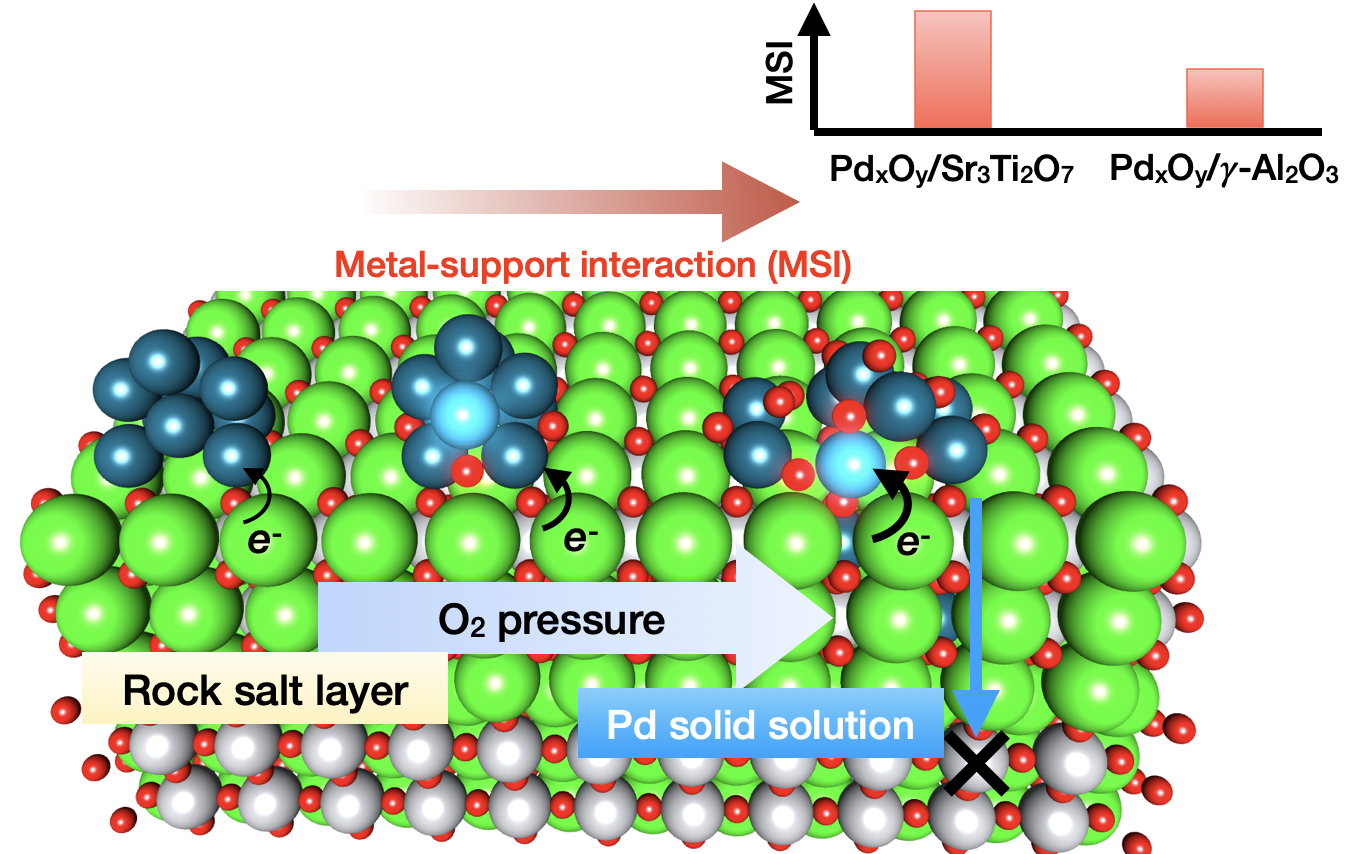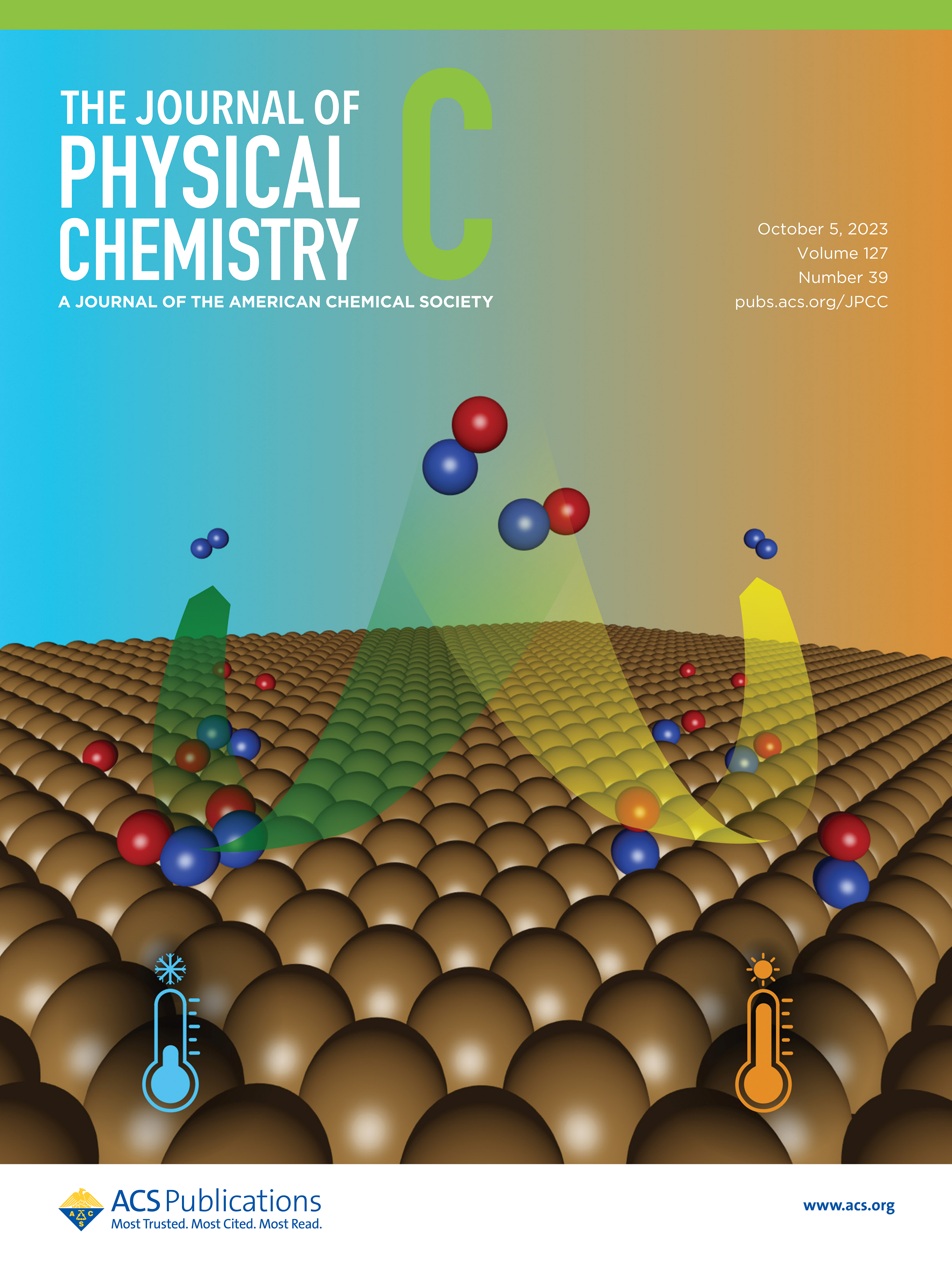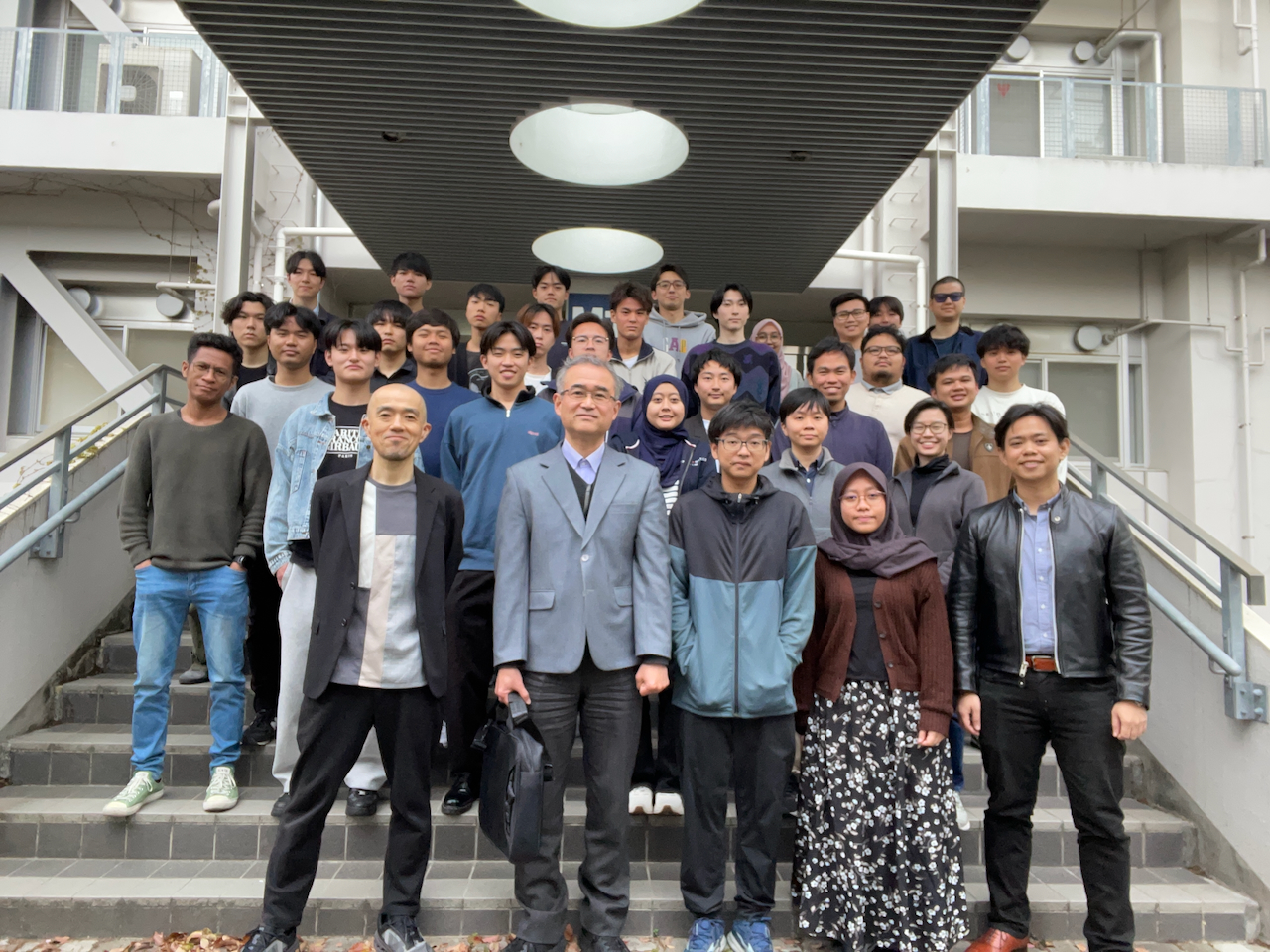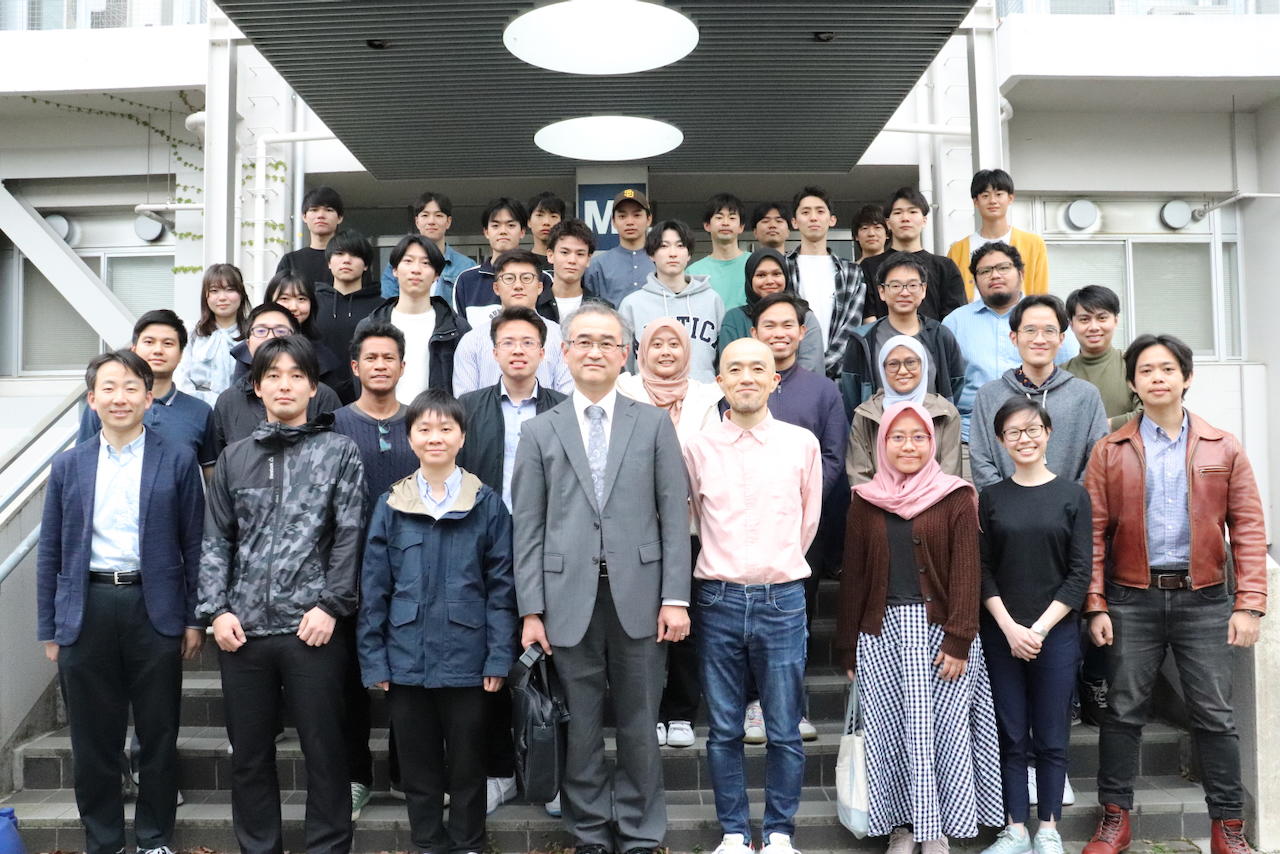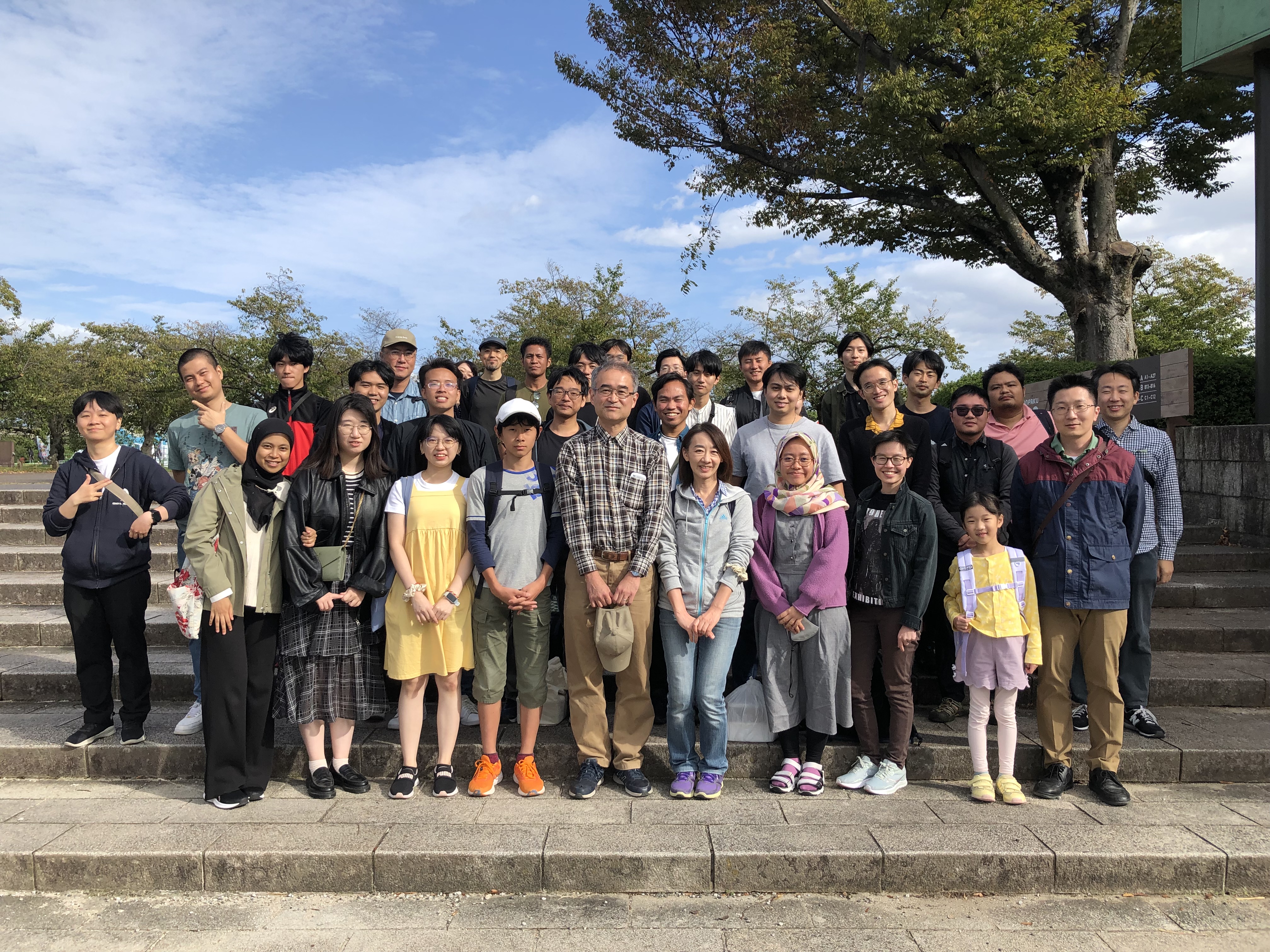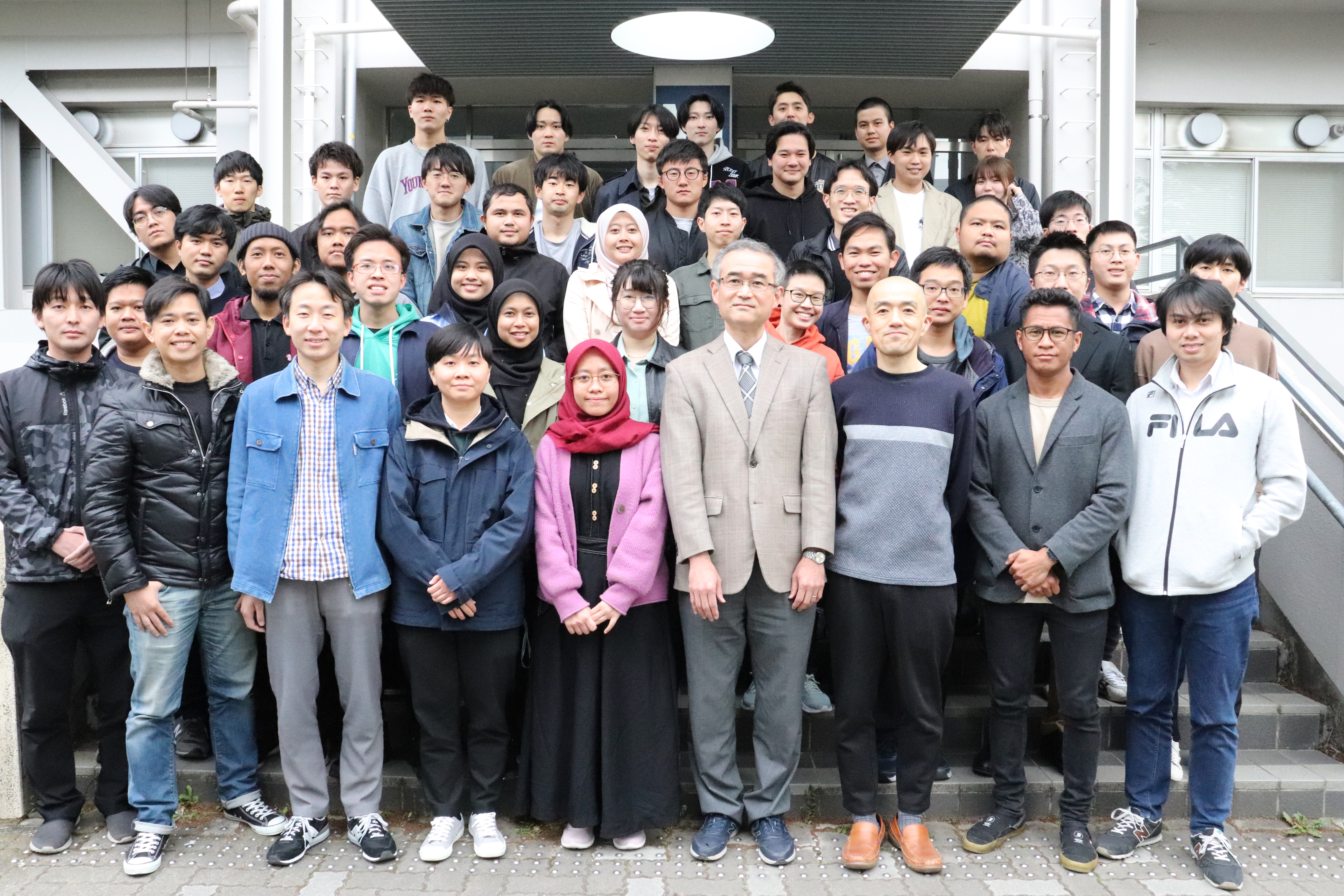Morikawa Group
Computational Physics Area,
Department of Precision Engineering,
Graduate School of Engineering, Osaka University
Research
New material development using quantum mechanics and artificial intelligence
It is said that computers will one day surpass human intelligence. In fact, computers have already become stronger than humans in games with fixed rules, such as western chess, Japanese chess, and game of “Go”. Human experience and intuition are still important in materials science, but if we consider materials science to be a game whose rules are based on the basic principles of physics such as quantum mechanics and statistical mechanics, it is thought that computers will eventually overtake humans. In the field of computational physics, we combine basic principles of physics such as quantum mechanics and statistical mechanics with simulation methods such as machine learning to study the various properties of materials, such as electrical, magnetic, optical, chemical, etc. We are conducting research to elucidate the physical origins of properties and theoretically design materials with more desirable properties.
We develop an electronic structure calculation program based on the first principles of physics and combine it with statistical mechanical methods such as molecular dynamics method and Monte Carlo method, and machine learning methods such as neural networks, deep learning, and Gaussian process regression. By doing so, we are clarifying the behavior of materials at the electronic, atomic, and molecular levels, and elucidating how these microscopic properties are connected to the macroscopic properties of materials. By clarifying the physical origins in this way, it becomes possible to provide guidelines for designing materials with more desirable properties.
As for specific target materials, we are focusing on developing materials that are important for industrial development and energy/environmental issues. For example, to achieve a carbon-neutral society, carbon dioxide must be captured, converted into fuels and chemical products, and reused. We are investigating catalysts that hydrogenate carbon dioxide to convert it into methanol and electrocatalytic reactions in fuel cells that use methanol as fuel, and are proposing methods to achieve more efficient catalytic reactions.
Diamonds have long been valued as gemstones because of their beautiful brilliance. It is also the hardest of all materials and is used as a processing tool to cut other materials. Furthermore, it has ideal properties for power devices used in electric vehicles and is also expected to be used as a material for quantum devices. However, because diamond is hard and chemically inert, the difficulty of processing it has become an issue when applying diamond. We are conducting research to elucidate the elementary processes of oxidation reactions on diamond surfaces and to process diamonds more efficiently and precisely.
Main works in 2024
Stability of PdxOy Particles Supported on Strontium Titanate Perovskite under Three-Way Catalyst Operating Conditions: Implications for Sintering Resistance
T. N. Pham, B. A. C. Tan, Y. Hamamoto, K. Inagaki, I. Hamada, and Y. Morikawa
ACS Catal. 14, 1443–1458 (2024).
Self-regenerative materials are pivotal for developing thermally-stable catalysts. Perovskite-supported metal nanoparticles (NPs) have shown promise. However, our understanding of the stability of perovskite-supported metal NPs remains limited, which is important for a rational design of self-regenerative catalysts. Herein, we employed the machine-learning enhanced configurational sampling at the density functional theory level to elucidate stable structures of supported Pd clusters under catalytic operating conditions. A higher oxidation degree of Pd cluster enhances its binding strength to the oxide support; thereby reducing agglomeration (sintering) of Pd NPs. The roles of oxide support in increasing metal-support interaction and in mitigating the undesired solid solution reaction under an oxidative atmosphere are revealed.
Main works in 2023
First-principles microkinetic study of NO reduction on Cu catalysts
M. Al Fauzan, T. Pham; H. H. Halim, Y. Hamamoto, K. Inagaki, I. Hamada, and Y. Morikawa
J. Phys. Chem. C 127, 19451-19467 (2023). (published with Supplementary Cover Art!)
News
| 2025.02.14 | Beatriz Andrea Choi TAN (a.k.a. Teb) won the Best Poster Presentation Award at the Pure and Applied Chemistry International Conference(PACCON) 2025, held in Khao Yai, Thailand. Congratulations, Teb! |
| 2024.11.01 | Harry Handoko Halim has been promoted to be an Assistant Professor of the Morikawa group! Congrats Harry! |
| 2024.10.01 | Assistant Professor Yuji Hamamoto left to take an Associate Professorship at Okayama Prefectural University. Congratulations Professor Hamamoto!!! |
| 2024.09.25 | John Enriquez has earned his doctral degree. Congratulations! |
| 2024.04.01 | Satsuki Isshiki and Asahi Morita has joined our group. |
| 2024.04.01 | Taku Enomoto, Sou Hoshino, and Ryoya Hori have entered their master degree's program. |
| 2024.04.01 | Dr. Yuta has joined our group. |
| 2024.03.25 | Yuelin Wang has earned her doctral degree. |
| 2023.10.05 | Rifqi's paper has been published with Supplementary Cover Art. Congratulations! |
| 2022.09.26 | Yuelin Wang has won The Japan Society of Vacuum and Surface Science Best Female Student Award. Congratulations! |
| 2022.09.15 | Harry Handoko Halim has won EBARA Student Prize at the 22nd International Vacuum Congress (IVC-22). Congratulations! |
| 2022.08.02 | Dr. Tadashi Ota has won a poster award at 12th International Conference on Environmental Catalysis (ICEC2022). Congratulations! |
| 2022.07.01 | Results of joint research with University of Tsukuba have been released to press. |
Members
| Title | Name | |
| Professor | Yoshitada MORIKAWA | morikawa@prec |
| Specially Appointed Professor | Van An DINH | divan@prec |
| Associate Professor | Ikutaro HAMADA | ihamada@prec |
| Assistant Professor | Harry Handoko HALIM | harry@cp.prec |
| Emeritus Professor | Kikuji HIROSE | hirose@prec |
| Visiting Professor | Hisazumi AKAI | akai@prec |
| Visiting Professor | Hidekazu GOTO | h-goto@butsuryo |
| Visiting Associate Professor | Yuji HAMAMOTO | hamamoto@c.oka-pu.ac.jp |
| Visiting Associate Professor | Susumu YANAGISAWA | shou@sci.u-ryukyu |
| Visiting Researcher | Tadashi OTA | ota@cp.prec |
| Visiting Researcher | Luong Thi TA | ttluong@cp.prec |
| Secretary | Rika KONDO | rkondo@cp.prec |
| Secretary | Yoko KONOSHITA | ykonoshita@cp.prec |
| Secretary (QEDC) | Sawako KUDO | skudo@cp.prec |
| D4 (Autumn Entrance) | Beatriz Andrea Choi TAN 🇵🇭 | bctan@cp.prec |
| D4 (Autumn Entrance) | Meliton Romero CHIONG III 🇵🇭 | mrchiong@cp.prec |
| D4 (Autumn Entrance) | Rizka Nur FADILLA 🇮🇩 | rizka.fadillanur@cp.prec |
| DDP4 (Autumn Entrance) | Rabiatul Aliah binti MAHMUD 🇲🇾 | aliahmahmud@cp.prec |
| DDP4 (Autumn Entrance) | Dung Ngoc DINH 🇻🇳 | ddinhngoc@cp.prec |
| D3 (Spring Entrance) | Ace Christian Feraren SERRAON 🇵🇭 | aceserraon@cp.prec |
| D3 (Spring Entrance) | Bao Anh Trinh NGUYEN 🇻🇳 | baoanh@cp.prec |
| D2 (Autumn Entrance) | Samuel Eka Putra Payong MASAN 🇮🇩 | spayongmasan@cp.prec |
| D2 (Autumn Entrance) | Toshihiro KUME | kume@screen.co.jp |
| DDP2 (Autumn Entrance) | Nurabiyiah Binti MOHAMAD 🇲🇾 | nuramohamad@cp.prec |
| D1 (Autumn Entrance) | Muhammad Fadhlan ANSHOR 🇮🇩 | mfadhlan@cp.prec |
| D1 | Hung Hoang NGUYEN 🇻🇳 | nguyenhung@cp.prec |
| D1 | Fakhrian Hanif Tejo BASKORO 🇮🇩 | |
| M2 | Taku ENOMOTO | tenomoto@cp.prec |
| M2 | Sou HOSHINO | shoshino@cp.prec |
| M2 | Ryoya HORI | rhori@cp.prec |
| M2 | Satsuki ISSHIKI | u764618j@ecs.osaka-u |
| M2 | Asahi MORITA | u793525g@ecs.osaka-u |
| M2 (Autumn Entrance) | Syahrul RAMADHANI 🇮🇩 | sdhani@cp.prec |
| M1 | Koki NAGAO | knagao@cp.prec |
| M1 | Kodai HASEGAWA | khasegawa@cp.prec |
| M1 | Yuki WADA | ywada@cp.prec |
| M1 | PHAN Duc Binh 🇻🇳 | |
| Research Student | NGUYEN Viet Anh 🇻🇳 | vietanhnguyen@cp.prec |
| Research Student | Honesto Ovid San Pedro TUBALINAL 🇵🇭 | hstubalinal@cp.prec |
| Research Student | Sol Hubahib LOJA 🇵🇭 | sol_loja@cp.prec |
| B4 | Takahiro TOYODA | u877634h@ecs.osaka-u |
| B4 | Seiji OTSUKA | u093678c@ecs.osaka-u |
| B4 | Kentaro YOSHIKAWA | u785203j@ecs.osaka-u |
| B4 | Yushi OGATA | u590847h@ecs.osaka-u |
| B4 | Sota TSUTAO | u106486b@ecs.osaka-u |
| B3 | Kento KOBASHIRI | u147791k@ecs.osaka-u |
Please add '.eng.osaka-u.ac.jp' to the adresses ending with 'prec', and '.ac.jp' to the others.
Links
Location
M1#413
Department of Precision Engineering,
Graduate School of Engineering,
Osaka Uninversity
2-1 Yamadaoka, Suita, Osaka 565-0871, JAPAN
